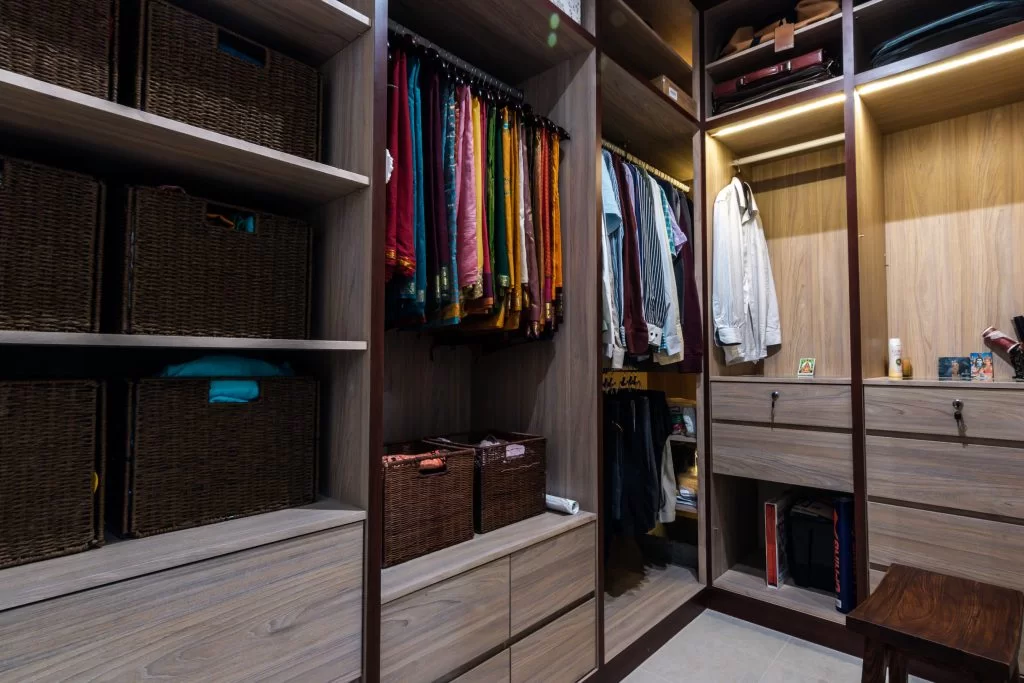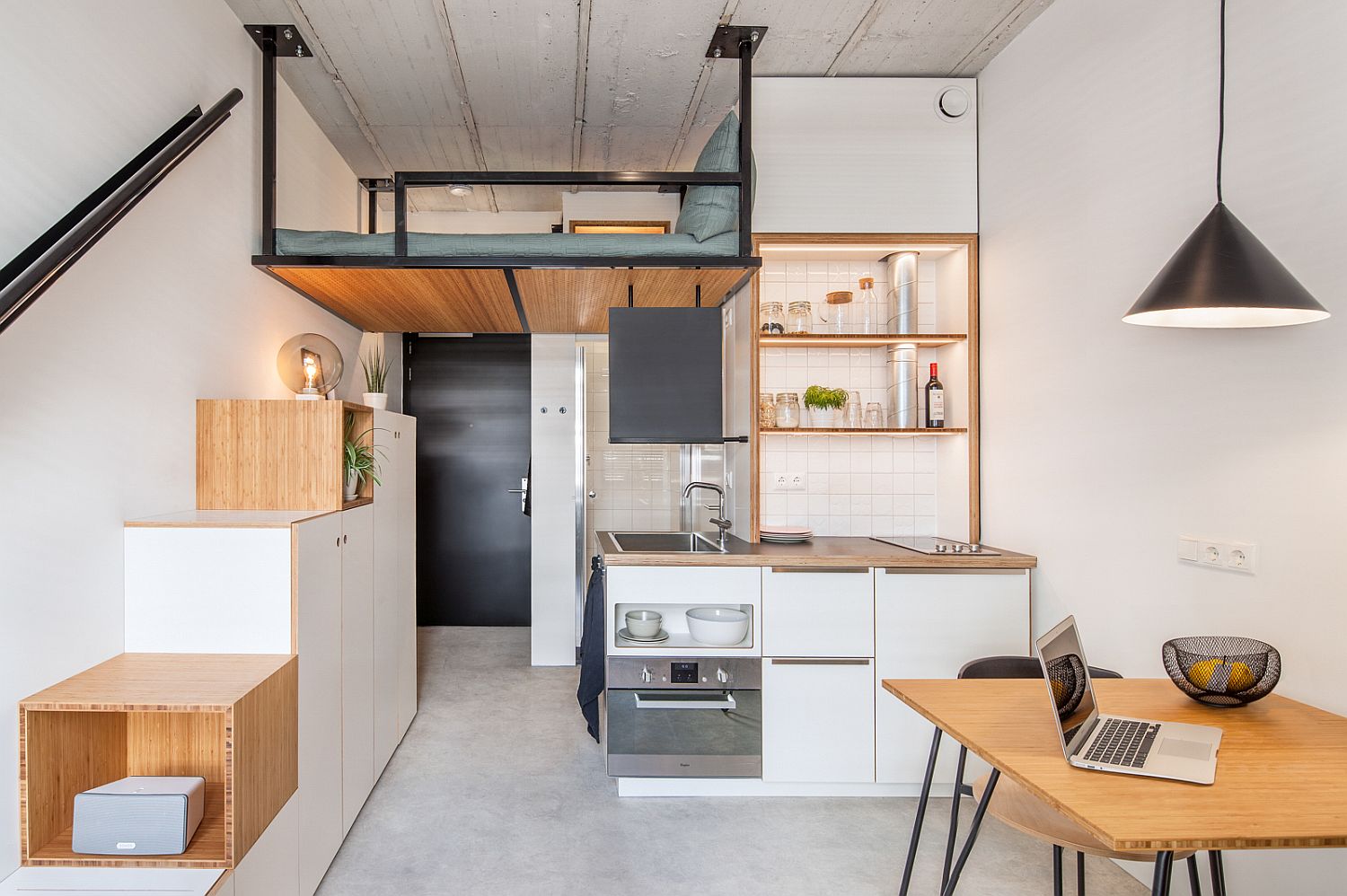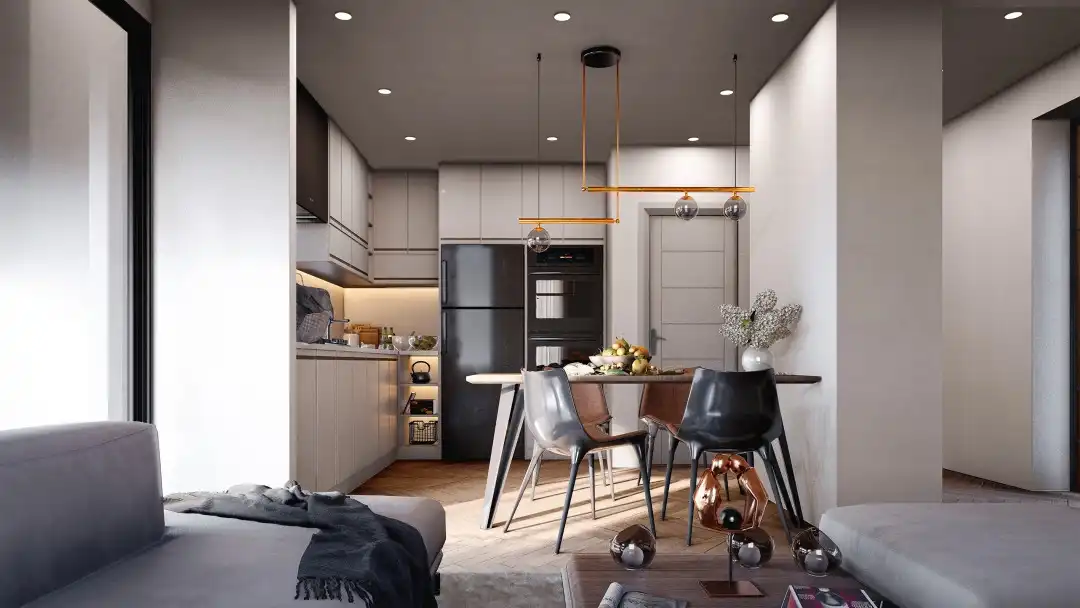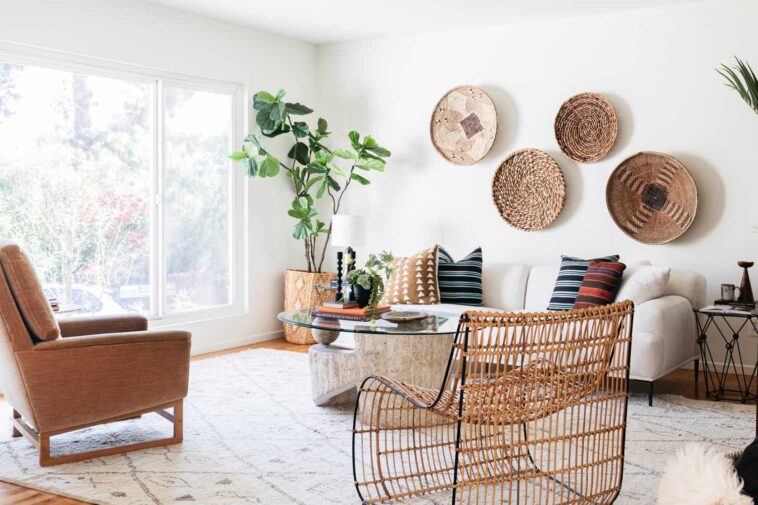The population is constantly increasing and the availability of living space is decreasing, prompting a new trend to emerge in which people are choosing to live in smaller, more efficient spaces. This trend doesn’t discriminate: People of every demographic and class are being drawn to this lifestyle for several reasons. Some are interested in the simple, minimalist lifestyle that small living promotes. Others are guided by concerns about the environment and a desire to reduce their carbon footprint.
This article explores the innovative design approaches for small-space living. As more people turn to this lifestyle, a gap has opened in the market for functional yet stylish designs that cater specifically to these participants. The following sections focus on the compelling reasons for the shift to small spaces, the benefits of innovative designs, and examples of thoughtful, creative solutions to space constraints. This article intends to provide readers with an understanding of how innovative design can significantly enhance the quality of small-space living.
The Need for Innovation in Small Space Design

Why People Choose Small Spaces
There are various reasons people are drawn to smaller living spaces. Economic factors are most often a driving force, as smaller spaces can be much more affordable, particularly in cities where space is at a premium. Some people, particularly those in their twenties and thirties, are opting for small spaces to reduce their environmental impact, promote sustainability, and cultivate a more minimalist lifestyle. And as more people are immersing themselves in the gig economy, a small home is a price they’re willing to pay for location proximity.
The Design Challenges of Small Spaces
There’s a fine line between a space that’s efficiently used and one that feels cramped and claustrophobic. An interior designer must find ways to balance the need for storage with the desire for open spaces, optimize natural light to make the space feel bigger, and incorporate functionality into every piece of furniture. Equally, working within the constraints of the building’s structure can pose challenges that require innovative solutions. These difficulties have spurred the need for more innovation and creativity in small space design.
Benefits of Innovative Small Space Design
The Efficiency of Space
Innovative design in small spaces is all about utilizing every square inch smartly and efficiently. Through smart storage solutions, dual-purpose furniture, and clever layouts, small spaces can be transformed to work just as hard as their larger counterparts. Proper planning and creative design ideas can make a small room serve multiple purposes, like transforming a living room into a bedroom at night. Space efficiency is a clear benefit of innovative small space design, converting perceived limitations into innovative solutions.
Economic Advantage and Impact on Quality of Life
Besides space efficiency, small space design also brings significant economic advantages. Smaller spaces are cheaper to buy or rent, and the decorating, maintenance and utility costs are also lower compared to larger homes. This allows for a better allocation of resources, potentially contributing to a more comfortable lifestyle and increased savings over time. Innovative small space design is not only about maximizing physical space – it is also about enhancing the quality of life. A well-designed small space can feel cozier and more personalized, creating a sense of well-being and contentment—an effect larger spaces may not always achieve. The right design can make small spaces appear larger, brighter, and open, counteracting the downsides of limited space.
Innovative Approaches to Small Space Design

Multi-Functional Furniture
Multi-functional furniture refers to pieces designed to serve more than one function, thereby saving space and adding utility. For instance, a sofa that converts into a bed, a coffee table with built-in storage, or a desk that can be folded up when not in use are all examples of multi-functional furniture. The foremost benefit of this furniture type is that it lets you make the most out of your limited space. They reduce clutter and allow for more open space, providing the small area with a sense of order and calm.
Utilization of Vertical Space
Vertical space usage involves capitalizing on walls and the space above the floor to maximize a room’s capacity. It takes advantage of height rather than width or length. Floating shelves, wall-mounted desks, and hanging planters are some practical examples. Not only does vertical space usage effectively create more storage, but it also keeps the floor area clear, helping to maintain an uncluttered, open look in the room.
Innovative Storage Solutions
Incorporating innovative storage solutions like inbuilt closets, under-bed storage, and storage ottomans helps to keep the area tidy while maximizing every bit of available space.
The Illusion of Space
Designing a small space isn’t just about physical space— it’s also about the perception of space. Use of light colors, wisely positioned mirrors, and good natural or artificial lighting can make a small room appear larger than it is.

Tiny Houses and Micro-Apartments
Tiny houses and micro-apartments are part of an architectural trend responding to the need for space-saving. Despite their small sizes, these dwellings can accommodate everything necessary for comfortable living, courtesy of innovative design. From lofts acting as sleeping spaces to fold-down tables functioning as dining or working areas, these small homes exhibit how well-designed spaces can excel in functionality and aesthetics.
The shift towards small living spaces has sparked a wave of creativity and innovation in interior design. Embrace these tips that influence and enhance small space designs to showcase your personal style. As shown in this article, small space living, with its blend of functionality, style, and environmental consciousness, holds a substantial and exciting position in the future of home design.




